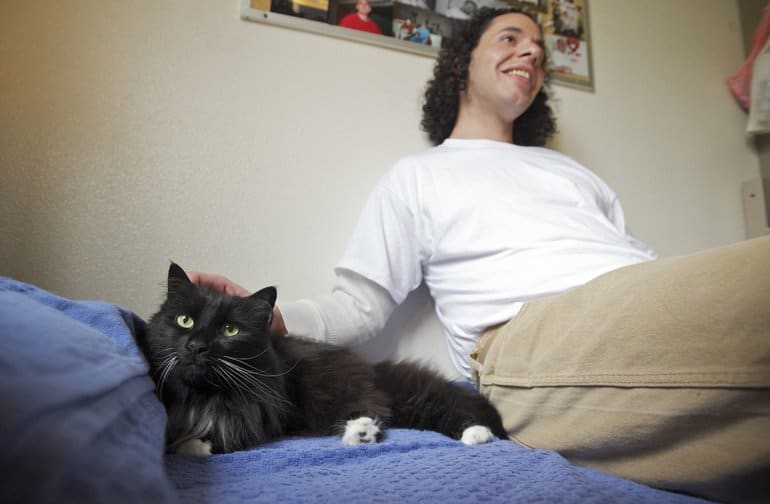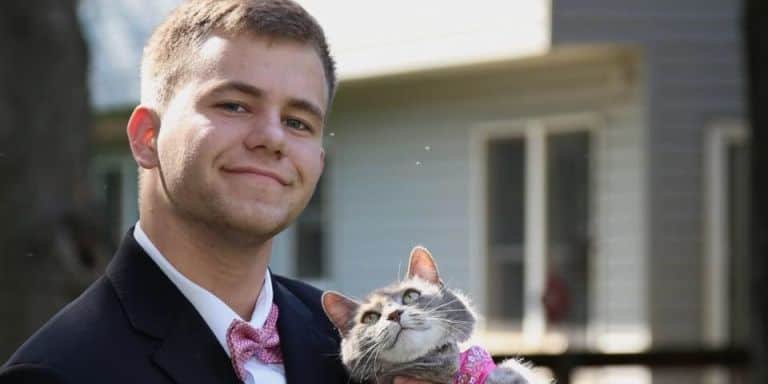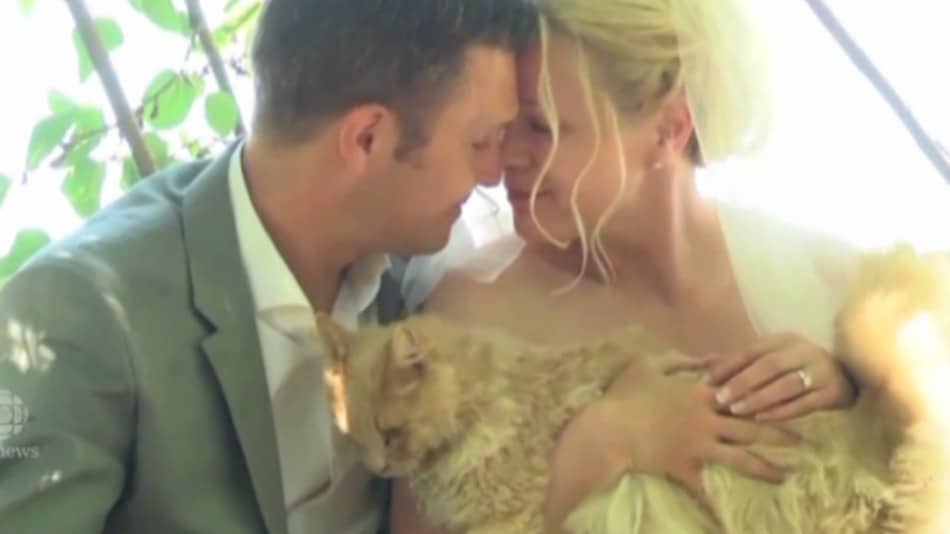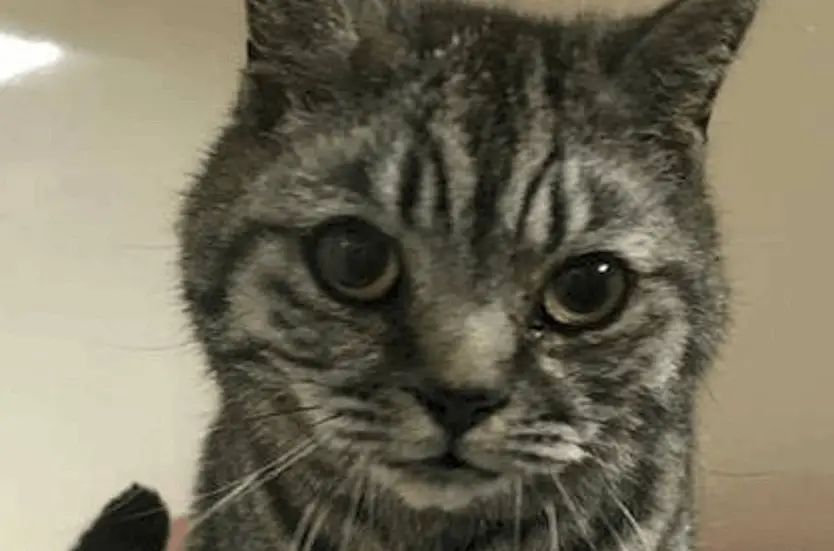
What is FLUTD?
You’ve just taken your kitty to the vet because he was urinating blood or peeing outside of his litter box… and he was diagnosed with FLUTD. What does that mean? How is it treated?
Pronounced “Fluted”, Feline Lower Urinary Tract Disease or FLUTD refers to a pool of health conditions in cats that generally affects their bladder and urethra. This health issue can be due to a wide array of possible causative factors, but cats normally exhibit similar, identifiable signs. While FLUTD can be spotted in cats of any age, the condition is most often detected in middle-aged, overweight male cats that are under stress and eat an all dry diet.
Symptoms and Diagnosis
Signs of FLUTD commonly include the following: frequent and/or prolonged attempts to urinate, straining to urinate, crying out while urinating, urinating outside the litter box, blood in the urine, and excessive licking of the genital area. Despite the fact that cats with FLUTD tend to behave in similar ways, it’s important to understand that there are actually many potential causes for it.
Conditions like urinary stones, urinary tract infections, urethral plugs, cancer, and many other diseases can affect FLUTD. Because this problem can be caused by many factors, it is quite difficult to diagnose. But then, FLUTD is generally determined based on the warning signs your kitty shows. Your vet will most likely perform an initial physical exam including a urinalysis. If the cause is not identified with this test, other exams may be recommended like x-rays, bloodwork, and urine culture.
Initial treatment may include painkillers and antibiotics until the pain or infection has stopped.
Then you’ll likely have to make long-term changes that include new diet, increased water and minimizing stress.
Preventing FLUTD from Recurring
Once your cat has experienced FLUTD, he may suffer from frequent recurrences of re-obstruction, bladder inflammation, or formation of uroliths. Preventative care is generally determined by what caused your cat’s FLUTD, and varies according to the cat’s history and present condition.
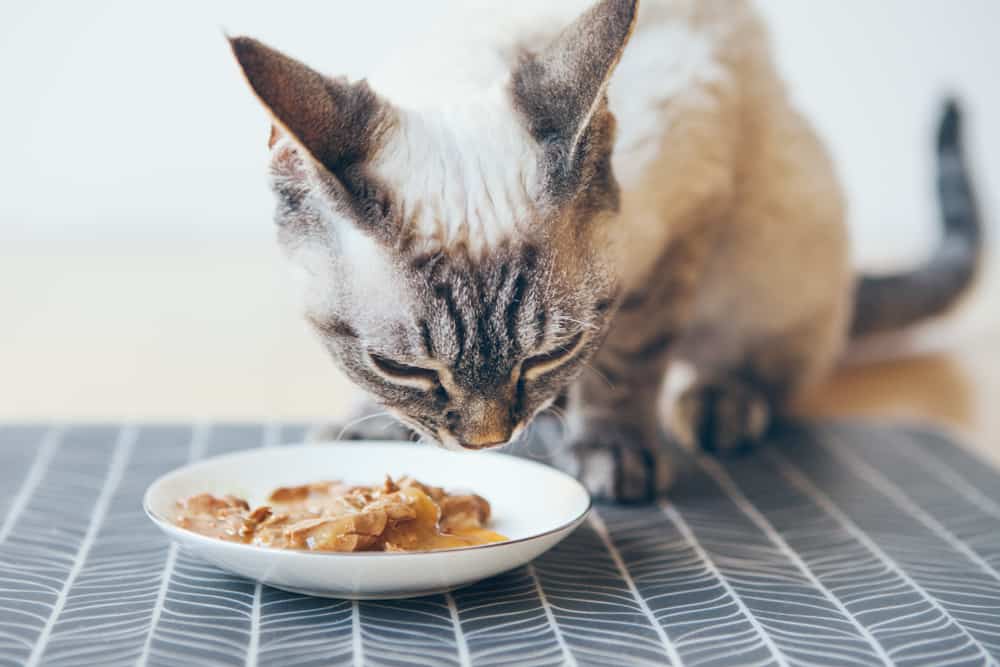
Below are some of the steps you can take to help reduce the frequency of attacks, including the severity as well as duration of symptoms when FLUTD recurs:
- Feed your cat with small, frequent meals, preferably with wet food.
- Provide kitty with clean and fresh drinking water all the time. Consider a water fountain to encourage drinking.
- Provide an adequate number of litter boxes (ideally, more than the total number of cats in the household)
- Keep the litter boxes clean, and place them in a quiet and safe spot in the house.
- Try using stress-relieving tools like Feliway diffusers to keep your cat’s stress levels to a minimum.
- Provide a calm and quiet retreat for your cat, away from people and other animals
- If your cat has a history of struvite formation, try feeding a diet that promotes the formation of acidic urine. However, if you do use a special diet, avoid supplementing such diet with additional urinary acidifiers as it can lead to over-acidification; thereby, causing metabolic acidosis, mineral imbalance, and impaired kidney function.
- As much as possible, minimize any major changes in the kitty’s routine.

